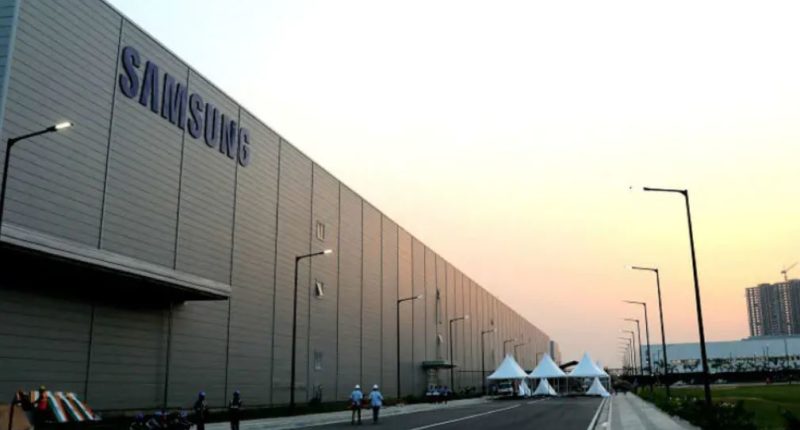Rising inflation rates across the world, reduced consumer spending, geo-political tensions and the never-recovering slump in semiconductor supply chain has now jolted a rather steady electronics giant as well. Samsung, which has largely remained stable on financials even during the pandemic, has warned of a nearly 32% drop — 31.7% to be precise — in operating profits year on year, for Q3’2022.
This is the first time in over three years, that Samsung is reporting a drop in profits. Analysts and experts have attributed this drop largely to the decline in company’s memory chip business. Server clients, which form a bulk of the buyers for memory chips, seem to be rationalising purchases and are reportedly being conservative in expanding capacity. The sudden surge in online consumption, that came up due to people locked indoors during COVID-19 lockdowns, has significantly gone down. In some cases, it has actually receded below pre-pandemic levels, resulting in a halt for capacity expansion. Moreover, the prices of DRAM and NAND chips have steadily declined since the start of this year as the chip shortage problem started waning.
However, Samsung MX, the company’s smartphone division, is expected to do considerably well. Sales of the company’s latest flagship devices, specially the foldables, have started picking up. With Samsung’s foldables entering their fourth generation and coming out much more refined, there seems to be a much larger acceptance of folding devices, resulting in success for the electronics giant. Still, the 15 million devices sales target that Samsung set for its foldable phones, may not be achieved.
The company’s display manufacturing arm, Samsung Display, saw growth as well, thanks to impressive sales of OLED panels for Apple’s iPhone 14 series. The South Korean firm’s chip manufacturing business, Samsung Foundry, also saw growth in its business.





